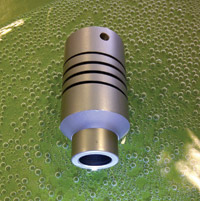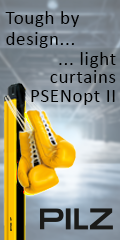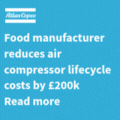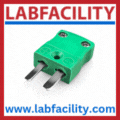
Posted to News on 24th May 2012, 00:00
Full of air
In an interesting application, Abssac has developed a shaft coupling that could be used in the drive assembly of an aerator used in the oxygenation of water in fish spawning ponds and small lakes. Aeration is especially required in times of hot weather where the oxygen concentration within the water can fall and have a detrimental effect on spawning.

>The old procedure involved a fast rotating agitating propeller, placed below the surface of the water, whilst simultaneously compressed air was piped to just behind the rotating propeller to allow a mix and aeration to take place. Although this original process did work, it was not very efficient as the air hose would often move from the optimum position, requiring constant maintenance and monitoring during operation. In the original design, the immersed propeller was driven via shafting and a series of 'cardan style' U-joints, which also required an environmentally friendly lubrication.
>Abssac was approached by the manufacturer to look at a solution to replace the universal joints due to the fact that no lubrication would be required. However, it was quickly realised that the drive solution offered by Abssac could also aid in the quest to improve aeration. The Helical beam coupling by design has a hollow centre and this proved to be a big advantage to the application.
>The final design of stainless steel shaft coupling could not only handle the angular offset and torque required, but cleverly would allow a compressed air tube to be fed through the middle so that oxygen could directly be fed to the middle of the agitating propeller. The end result increased aeration rate by 30%. Moreover, the single piece U-joint design also supported the propeller shaft at the motor end eliminating the need for a bearing. Additionally its one piece stainless steel construction did not need lubrication or suffer from oxidation.
>Roll forming machines
>Another interesting application for Abssac involved roll forming machines of the type used in the building, construction, auto-motive, HVAC and appliance industries around the globe. These machines are consistently being developed to increase efficiencies founded on principled tooling and equipment standards.
>Roll forming machines, transport sheet material into hole, notch, embossment, or shear form by punching in a roll forming line. To successfully deliver a variety of specific shape changes, the reshaping processes are often performed by driven rollers.
>To drive the sheet material through the machines a high torque capacity shaft coupling has to be employed. The shaft couplings have to be precise, torsionally rigid and essentially have to have exceptional parallel shaft offset capability. The parallelism between driving and driven shafts is a dynamic requirement as different thicknesses of material entering the process line alter this dimension.
>The Semiflex range of shaft couplings meets the challenge head on. Couplings offer high radial misalignment and extreme shaft offset for different shaping processes.
>The Semiflex shaft coupling ranges are designed with two pairs of parallel links installed 90 degrees out of phase with each other. This unique arrangement allows for the precise transmission of torque and constant angular velocity between shafts with relatively large parallel misalignments. Both shafts can adjust to each other in every radial direction, not only whilst at rest, but also during transmission. Due to the design of the Semiflex coupling, no restoring forces are imposed on the shaft support bearings during operation improving longevity of the machine.
>Employed in profiling systems for their overall compact design and excellent torque capacity this shaft coupling design packs a punch. The couplings are equipped with backlash-free split clamp-hubs allowing radial assembly and dismantling, without the need to axially displace the connecting components. Altern-atively, the Semiflex shaft coupling can be supplied with taper locking hubs to save on total coupling length and high shock load applications.
>Nominal torques ranging from 70 to 575Nm are available as standard although models with a maximum torque capacity up to 18800Nm can be supplied to meet more demanding application requirements.





